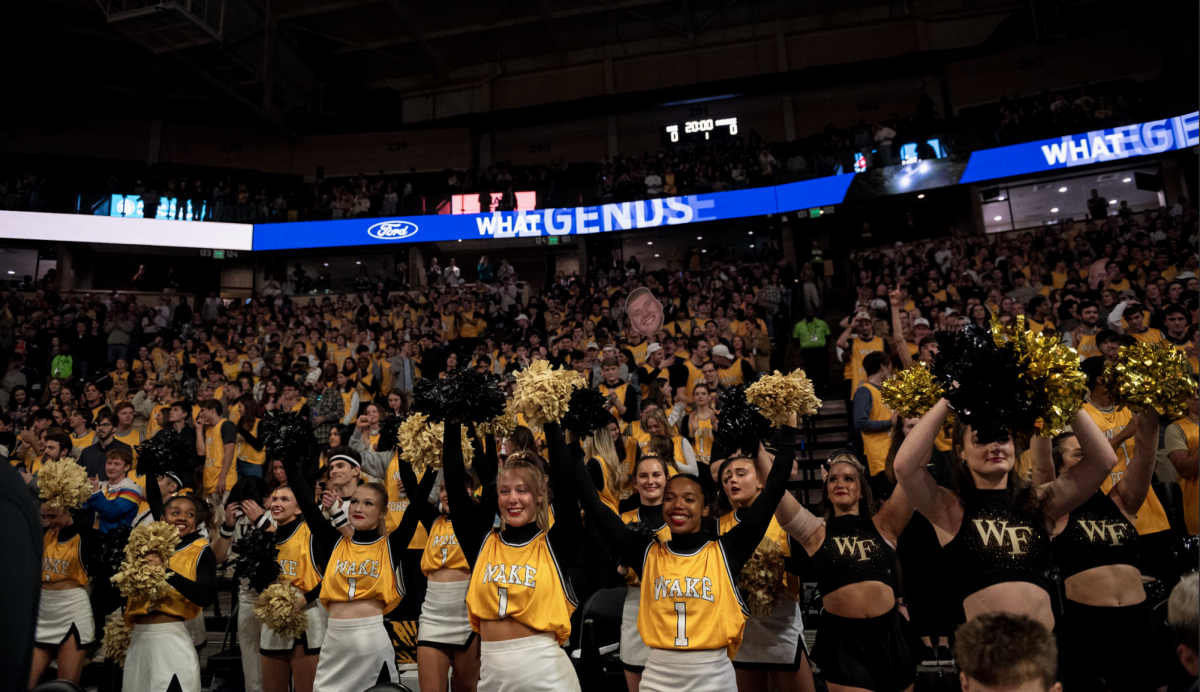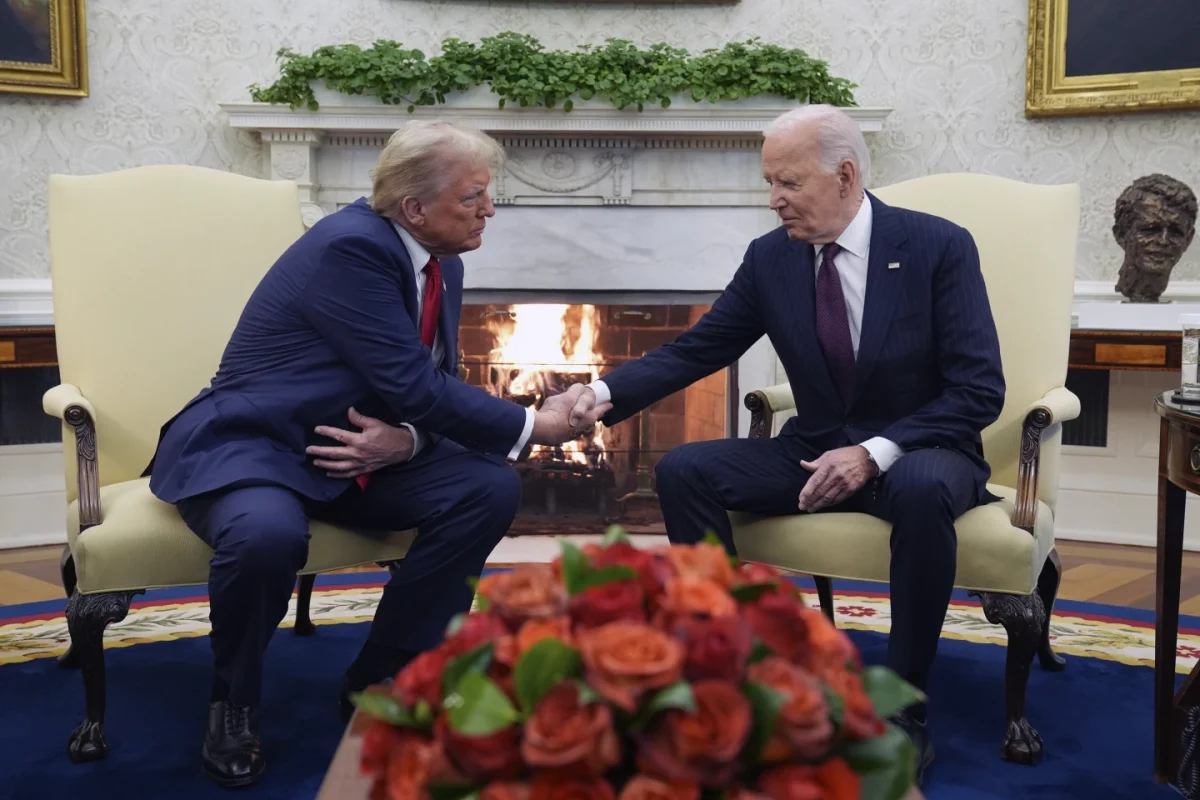As my loyal readers know, I love talking politics, but that gets boring sometimes. So let’s talk football. In the aftermath of Clemson kicking Alabama in the rear, I’ve had countless college football theories and hot takes rattling around in my head. One of the topics that weighs so heavy on my heart is the offensive debate. Is it ideal to run a classical, Single Back offense or a fast Run-Pass-Option (RPO) style? How about a tricky Wing-T (triple option) or Urban Meyer’s very own “Power Spread?”
Let’s start with the father of them all: the Single Back. Growing up a Georgia fan, of course I’m extremely biased, but let’s just act like that isn’t the case for right now.
Football is about grit. It’s about lining up against the other side and pounding them back every yard. This is exactly what the Single Back offense is. The idea of it is the set up: five linemen, one tight end, four wide receivers, one quarterback and one running back. Removing the excessive fullback, the running back often has to isolate a linebacker or defensive end himself. The offense is predicated on the run and makes the linebackers and defensive backs constantly guess which side to cut off, deciding if it’s a trap or not. This is also a very pass-friendly offense in the sense that when the ball is run 30 times a game, the defensive backs are forced to cheat up. This then opens the quarterback up to pass to four routes, and possibly two more with the tight end and running back. The constant rushing also makes the play action (fake run) extremely effective. Notable teams who use this are Alabama, Michigan, Michigan State and other teams who like to win.
Now, let’s talk about RPOs. There is a very heated debate as to whether RPOs are an offense or just a type of play. It used to be just a play (the run-pass option); however, now an entire playbook has morphed from this QB- choice style. Teams like the always successful Wake Forest, Clemson, Florida and Oklahoma use these frequently. Essentially, two plays are called at once. Based on the defensive set, which way the linebackers go and how overconfident Trevor Lawrence is at that moment, determines a run or a pass. If you think that these can’t work in the next level you probably were born post-2018, after Nick Foles won the Super Bowl solely using the RPOs. They work, trust me. Wake Forest beat Duke 59-7 with them.
More popular than the RPO offense is the Triple Option (TO), known by most 65-year-old high school coaches as the Wing-T. The best way to describe this is that there are three people in the backfield who all can run the ball. Who will it be? This offense is a series of trickeries, fakes, tosses, read options and mostly outside run plays to exhaust the defense. Coupled with a no-huddle, this can be extremely fast paced. In the long run, it is a recipe for success if you want to go 6-6 on the season. Winning dynasties like Air Force, Navy, Army and Georgia Tech use this offense for their countless Alamo Bowl victories.
Finally, the spread offense. Take the Single Back O, move your QB back three steps, add another running back, back your tight end up and you’re golden. You now have a spread O. The crucial points to this offense are having dynamic offensive linemen, a smart QB and recruiting really fast WRs that make Lane Kiffin look like a good play caller. Really, the idea of this offense is to spread the defense out and use athletic ability to play the whole field. Usually, when a certain back or receiver is talented enough, the offense plays away from their side and gives them space. In the past two years or so, it has gained a lot of popularity. So has eating Tide Pods, though, so don’t look too much into it. Teams that use this method include Ohio State, Texas, Houston, Vanderbilt, UCLA and many others.
At the end of the day, every football team should have an offense that best suits their talents. Teams like Georgia play to the side of their running backs always, while more Texas-A&M-style teams rest on their QB’s athletic ability. Recently, the passing spread has gained popularity, garnering a kind of “run around the defense” mentality. With two new-age offenses like this, match-up can sometimes begin to resemble a soccer game. Personally, I miss the old ways. I miss the Bo Jacksons, the Herschel Walkers, the Brian Bosworths, the Thomas Davis’, etc. Ironically, I was only alive to see one of them actually play. After watching him, I’d still rather get hit by a mail truck than take one from Thomas Davis. That’s how a player should play. That’s my idea of the perfect style of football.














